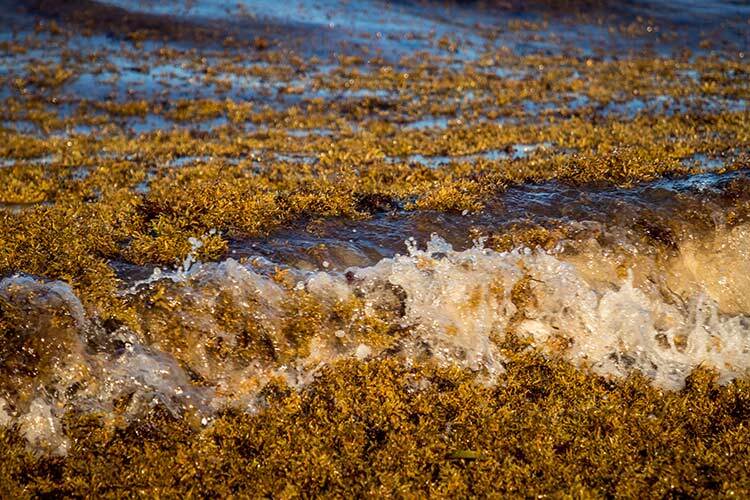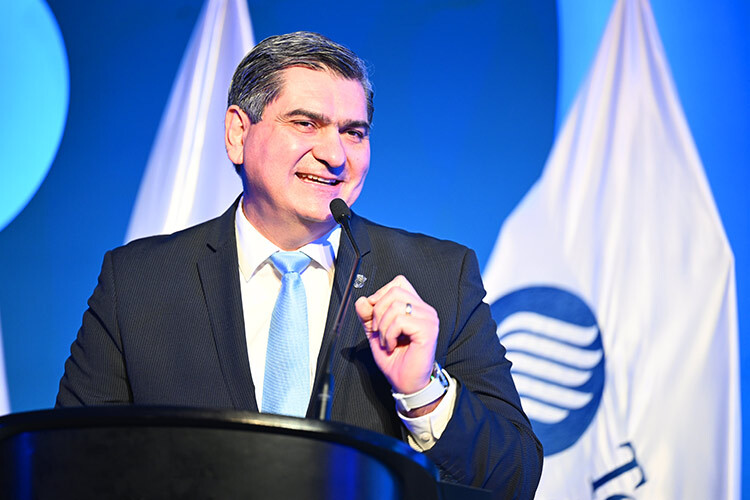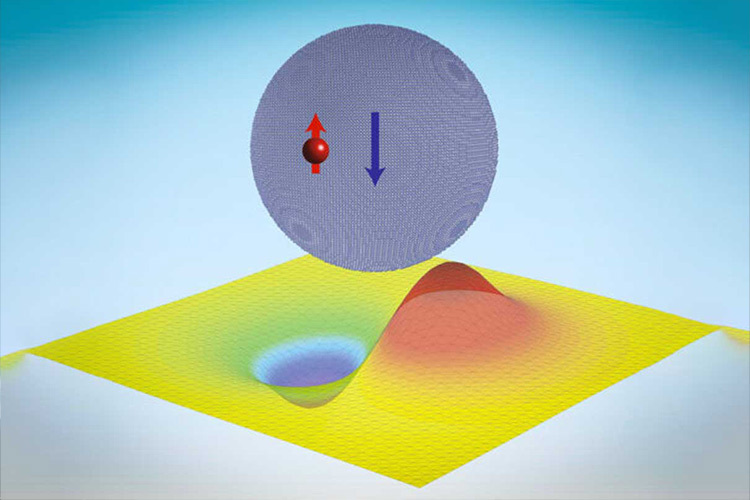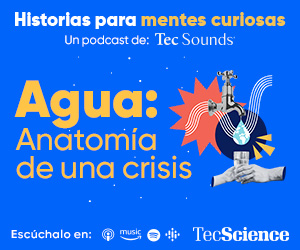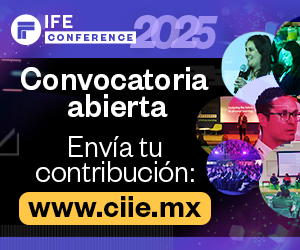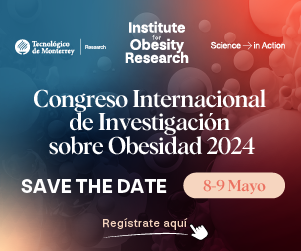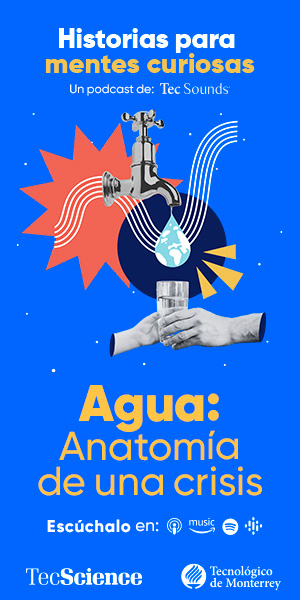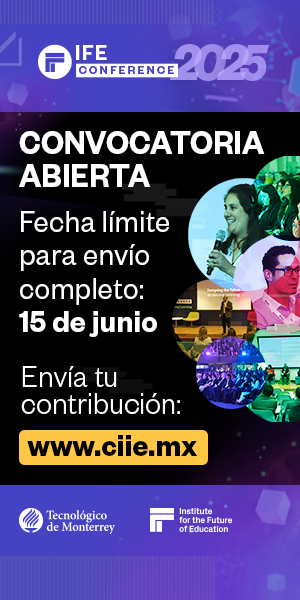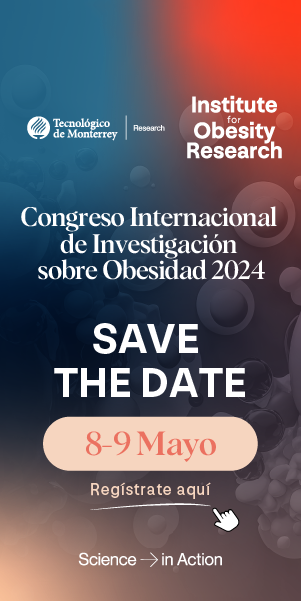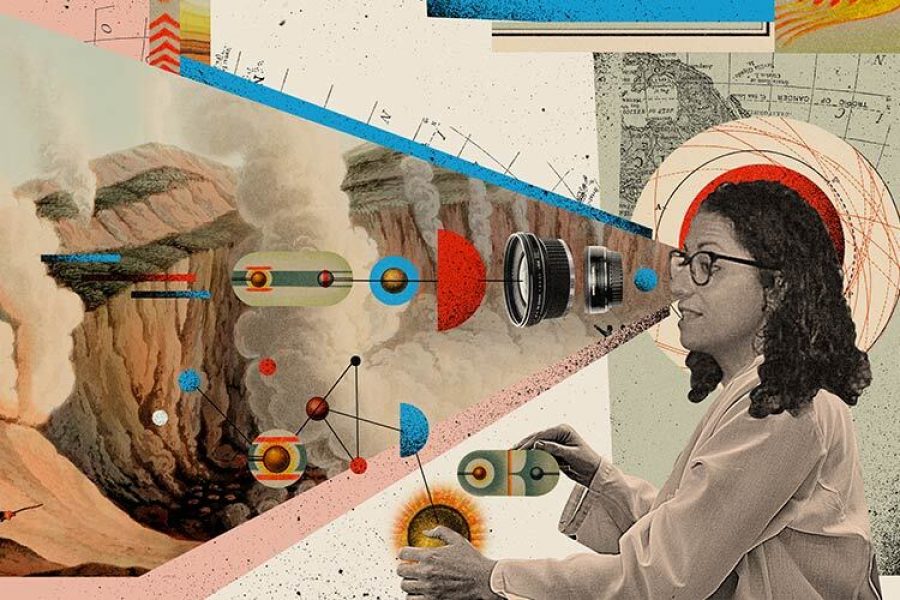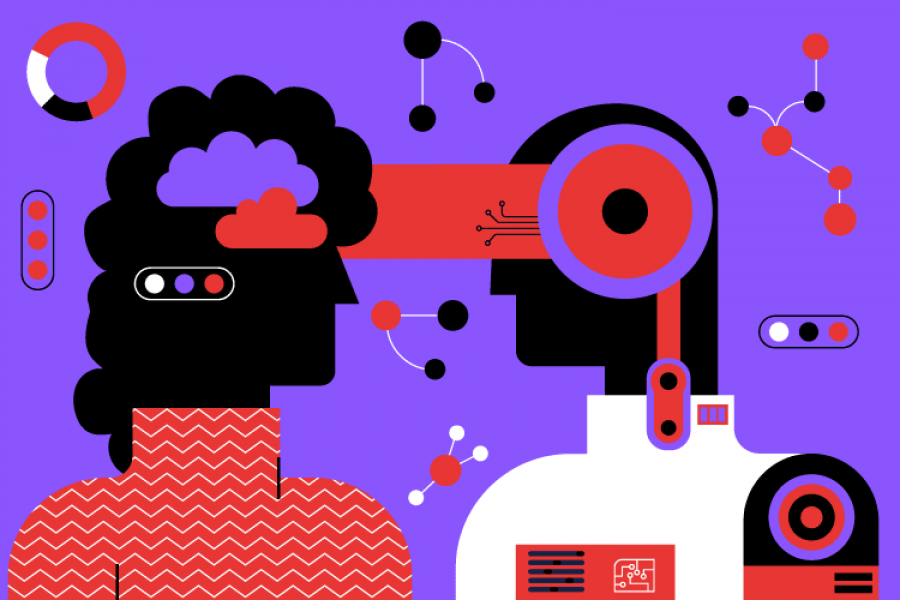The first mass arrival of sargassum in the Caribbean occurred in 2011. Four years later, although it is considered a serious environmental problem, no viable solution has been found −so far− to combat this seaweed.
“Sargassum is currently caught in nets and removed by barges that displace with a very costly mechanized system. The hoteliers are the ones who finance sargassum removal, spending 100 million dollars a year in the Caribbean,” explains Jorge Avendaño, the Tec’s general coordinator of the UNAM-Tec Consortium.
A more sustainable solution is being sought by the First National Sustainability Challenge launched by BBVA and the UNAM-Tec Consortium for Research, Technology Transfer, and Entrepreneurship.
Long-Term Solutions
“The solutions that people have attempted to implement are partial ones. What we’re attempting to do is bring together all the stakeholders and see the problem as a whole. The answer needs to have a sustainable design,” says Avendaño.
This involves finding a solution in which the byproduct of sargassum is sufficiently profitable to be able to pay for gathering the plant.
That is why the challenge has been issued according to three categories: containment and collection of sargassum; treatment and evaluation to generate a byproduct; and environmental impact mitigation and recovery in the Mexican Caribbean.
The byproducts of sargassum that currently exist are biofuel, fertilizer for crops, or fibers for making materials such as bricks or shoe soles. However, Avendaño explains that the surplus is dumped without taking heed of the environmental impact.
“Researchers are invited to present proposals for technologies in any category and we’ll give them two million pesos to develop a prototype within a year that works in the field. That’s what the money’s for,” he explains.
Specialists in different fields will choose the 10 most promising proposals. These will go through to a second round in which researchers present their proposals in Mexico City.
A final three projects will be selected from these 10 and given 2 million pesos to build the technology prototype.
One year later, researchers will have to present the results of their projects. Finally, whoever has made the best progress will obtain one million pesos as a prize.
“We decided to participate as a consortium because we’ve made it our mission to use science to solve society’s problems,” says Avendaño.
The three winners selected to build their proposals will be announced on November 13.
